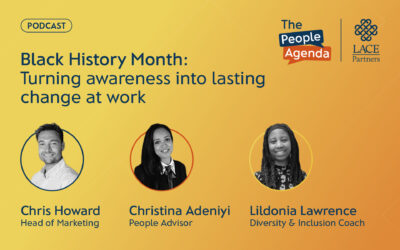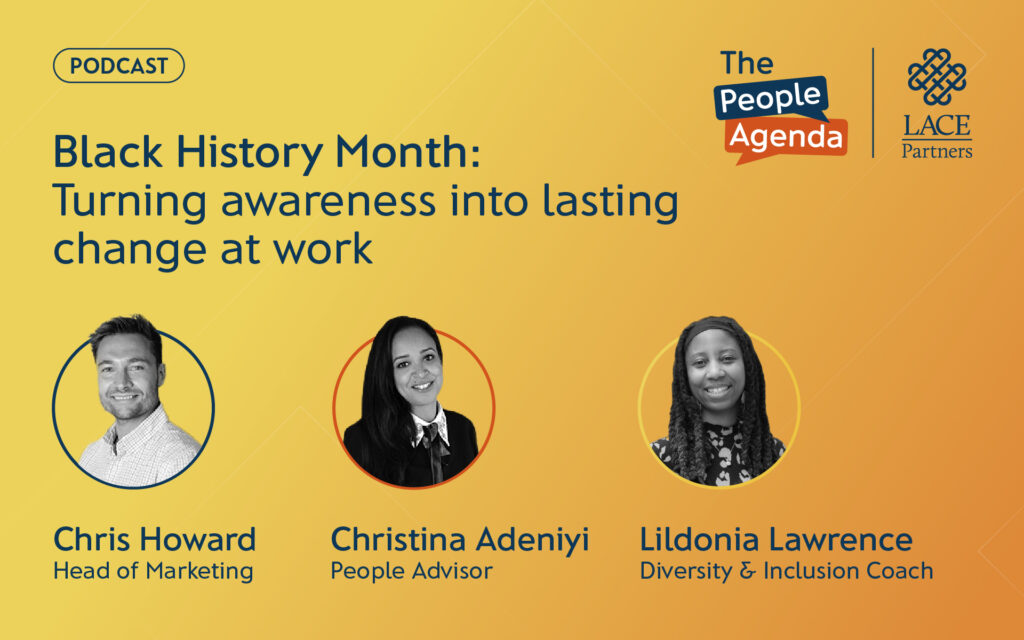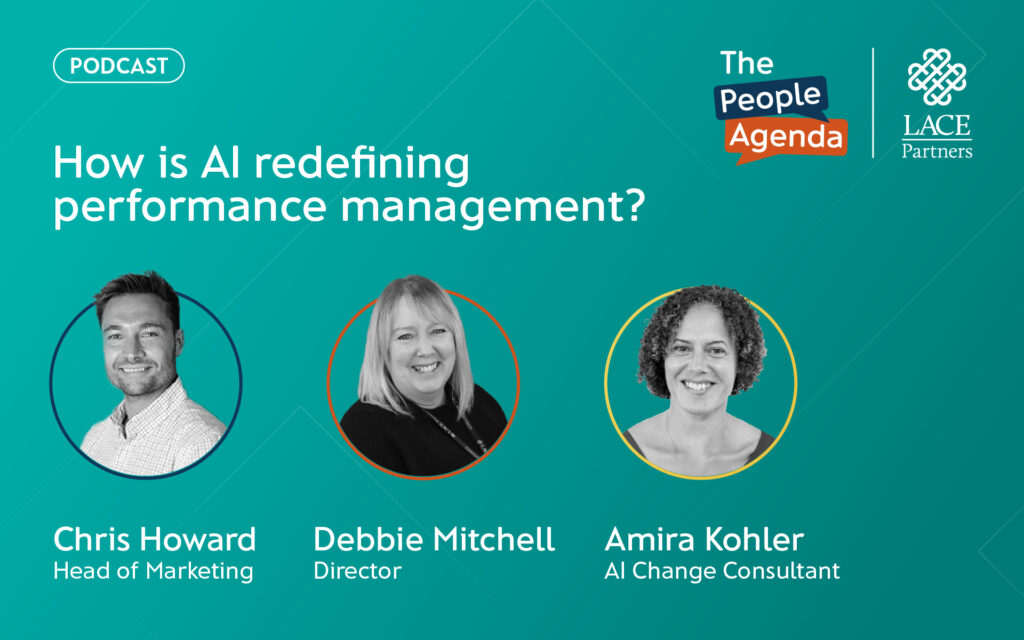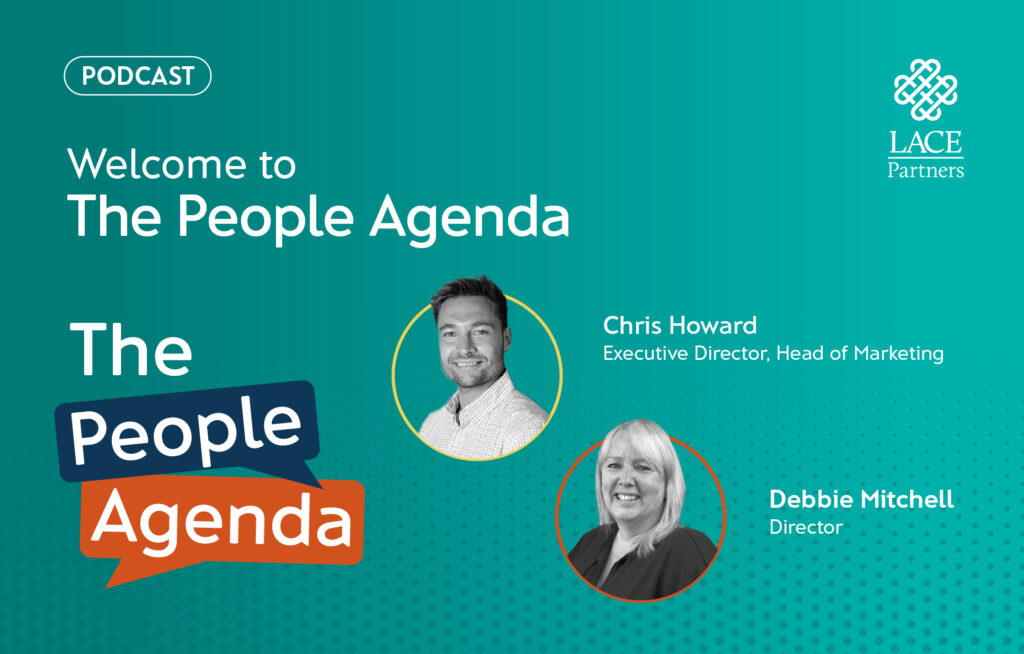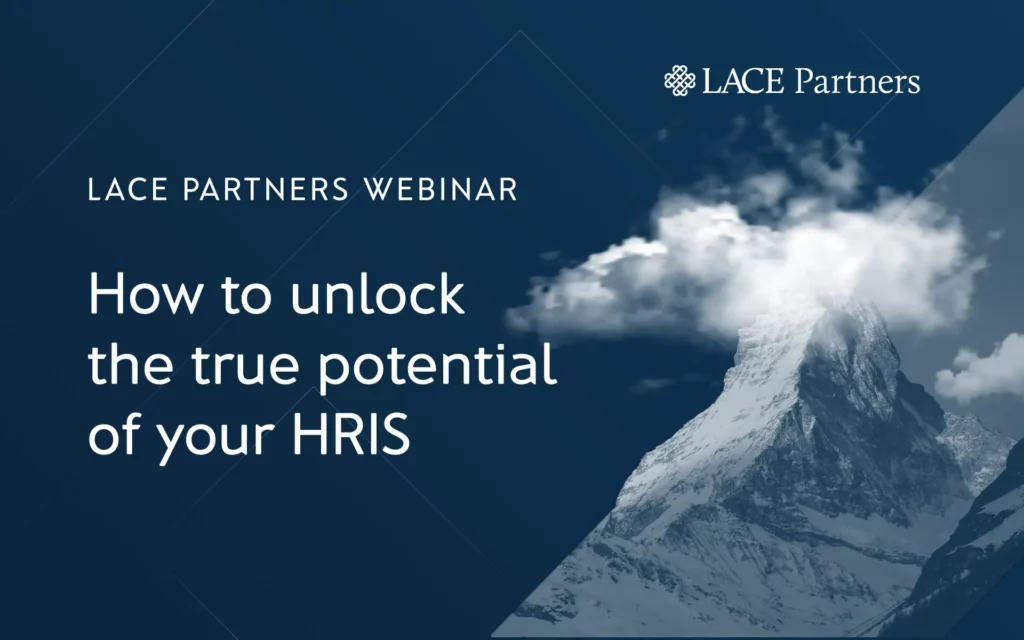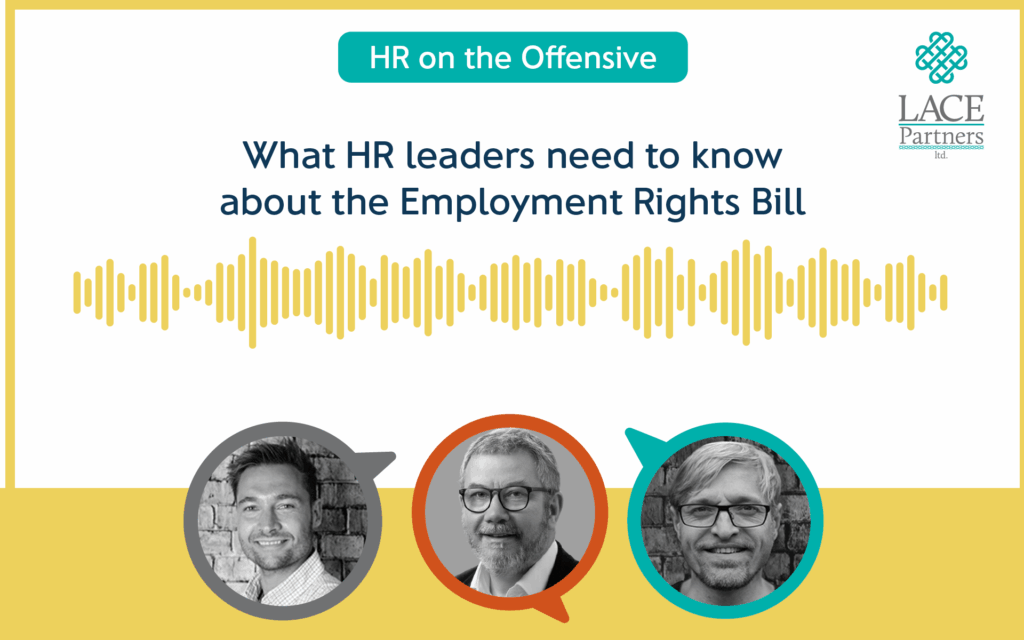AI agents are no longer a future concept. They are already reshaping how organisations deliver HR services. AI agents can improve efficiency, personalise employee experiences and deliver strategic value. We recently had a fascinating conversation with Aisera recently on their approach to deploying agentic capability and we complemented this with the work we are doing with clients on our insight at LACE as to why AI agents matter, what are the organisational challenges and what the steps required for effective implementation.
Watch the webinar recording below:
Why AI agents matter for HR
AI agents go beyond traditional automation and generative AI, they accelerate efficiency, enable hyper-personalisation and autonomously learn from feedback loops to improve themselves. In fact, with Aisera’s AI agentic technology, 76% of all HR requests can be handled by their AI Agent library. As a result, HR teams are more responsive and better at engaging with the business.
Three key differentiators of AI agents:
- Personalisation at scale
AI agents tailor processes such as onboarding and career planning to each employee. This reduces friction and increases engagement across the employee journey. - Autonomous and ability to learn
AI agents learn from user feedback and data. They are outcome oriented and work autonomously with other agents to meet the intended outcome. For users, this means they are supported across the end-to-end workflow. For example, if the agent doesn’t have an instant answer, it will raise a service desk ticket and return the response back without the need for human intervention. - Unified access point
AI agents can enable employees to interact through a single interface, removing the need to navigate multiple systems. For example, an HR agent can retrieve policy information and offer guidance on career progression within one conversation. This approach strengthens user engagement and improves adoption.
A common challenge we hear from clients and how to overcome it
‘How do I know whether the AI I have implemented is truly returning value?’
Assessing AI is more than just measurement, it unlocks opportunity. Here are the three key benefits:
- Insights into AI impact
- Identifies opportunities to optimise and unlock future potential
- Builds a strong foundation for future AI investment and innovation
Meeting AI value expectations: What to consider:
- Define clear use cases and success metrics
Organisations should begin with measurable goals. For instance, a clear objective might be to reduce response times for policy queries by 20% within three months. - Improve data quality and integration
AI relies on accurate and connected data. Early investment in data governance and integration capabilities is essential. - Embed AI into operating models
Technology alone will not deliver value. HR and IT must work together to redesign workflows, ensure accountability and create ongoing feedback loops that refine performance. - Consider buy vs build decisions
Building AI solutions provides customisation but requires significant investment and specialised skills. Buying accelerates deployment but may offer less flexibility. Many organisations find that a blended approach works best, with core capability purchased and selective customisation added where required. - Employee trust and transparency
Clear communication about how AI works and how decisions are made is essential for transparency and ensures compliance with privacy and regulatory requirements. - Upskilling HR teams
HR professionals need the skills to manage AI enabled processes, interpret insights and work confidently with the technology. - Culture and communication
AI should be positioned as an enabler that enhances work rather than replaces it. This helps reduce resistance and builds trust across the organisation.
Ready to start? Here’s how
- Start small
Begin with low effort and high impact opportunities such as frequently asked questions or onboarding support. Focus on initiatives that deliver measurable return on investment and support strategic objectives. - Measure and iterate
Through tracking key performance indicators including resolution times, adoption rates and employee satisfaction, these insights help to evidence the business case to refine and/or scale AI driven processes and meet targets. - Scale gradually
Use early wins to build confidence, ensure change sticks and secure support for broader transformation across the HR function. The complexity of enterprise technology and adoption success, coupled with the improvements in AI technology, means that ‘rip and replace’ and ‘large-scale one-time transformations’ are no longer a viable option for most enterprises.
At LACE Partners, we help organisations unlock the full potential of AI in HR. Our approach focuses on quick wins, proving value early, and scaling with confidence.
Why Pathfinder?
Pathfinder is our proven framework for assessing and maximising AI impact. It enables you to:
- Measure success of existing initiatives with clear, actionable metrics
- Identify new opportunities for optimisation and innovation
- Build a roadmap for long-term AI integration and transformation
With LACE Partners’ deep HR and AI expertise we ensure AI delivery is safe, strategic, and value-driven.
Want to accelerate your HR transformation? Discover how Pathfinder can help you turn AI ambition into measurable results. Contact us today to start your journey. More information on Pathfinder will be coming soon, so stay tuned for updates.







